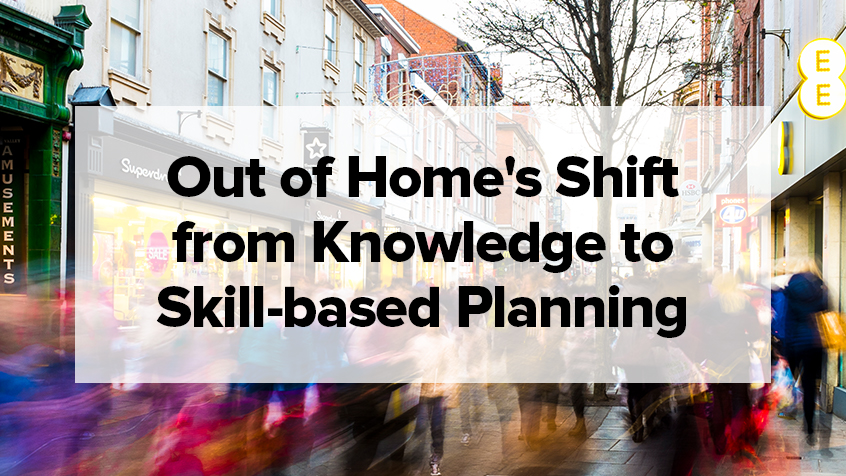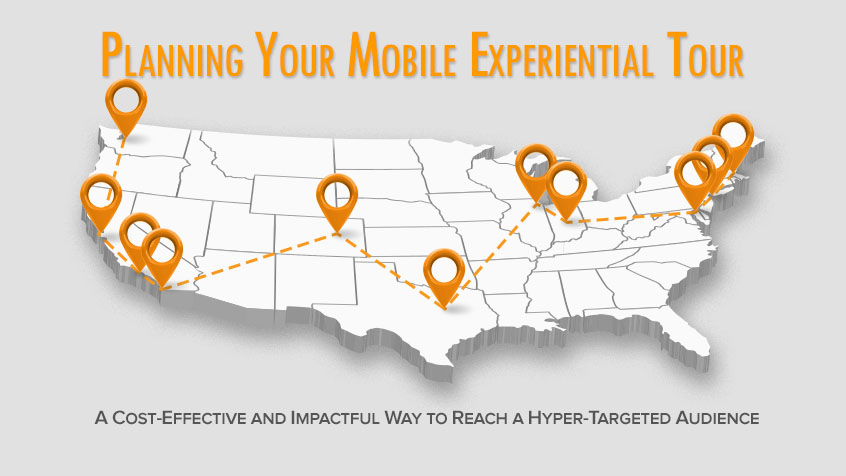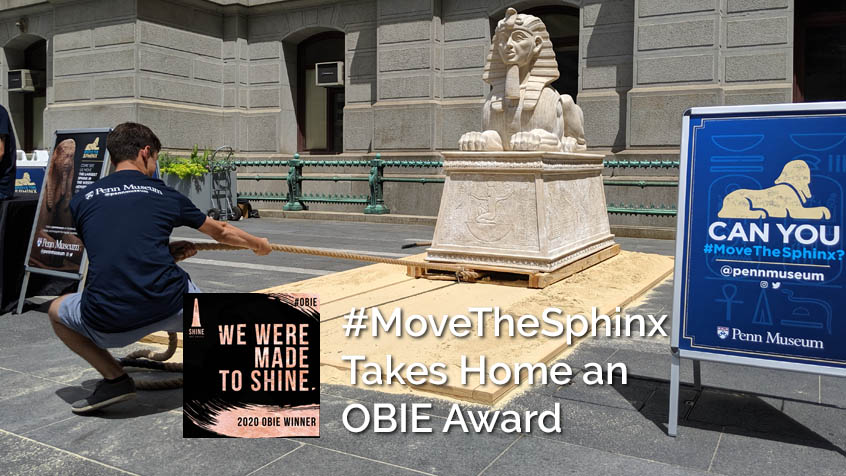The most successful advertising campaigns pair relevant messaging and precise targeting. Adding geofencing to your out of home (OOH) advertising strategy leverages cutting-edge technologies to deliver messages to the right audience at the right time. We’ve created this article to explore geofencing mobile advertising, the technology that makes it work, and strategic advances in pairing it with OOH ads. We’ve also included some real-life examples of how you can use it to increase the effectiveness of your OOH campaigns.
What is Geofencing?
Geofencing is a location-based technology where advertisers create virtual boundaries or “fences” around specific geographic areas. These fenced-in areas can be as small as your business’s physical location or cover a larger area such as a neighborhood or city. When a mobile device enters or exits one of these predefined areas, the customer’s location triggers a desirable action, such as sending a notification or displaying an advertisement on their phone.
Are Geofencing and Geotargeting The Same?
Many people use geofencing and geotargeting interchangeably, but they aren’t exactly the same. Geotargeting focuses on delivering content or ads to users based on their location. It’s about reaching users within a specific radius of a physical location.
On the other hand, geofencing involves creating virtual boundaries and initiating actions when a device crosses those boundaries. Geofencing allows more location customization because it doesn’t have to take on a circular shape. Your geofencing boundary line can jog around rectangular city blocks or the outline of your brick-and-mortar location.
How Does Geofencing Mobile Advertising Work on a Technical Level?
Geofencing uses a combination of hardware and software to establish a customer’s location. There are four core ways geofencing leverages technology to deliver your message to people within your fence:
- Mapping: Advertisers use mapping tools and latitude and longitude coordinates to draw virtual boundaries around specific locations or areas of interest.
- Mobile Device Tracking: Mobile apps with geofencing capabilities continuously monitor the user’s device location using GPS, Wi-Fi, or cellular data.
- Triggering Actions: When a user’s device enters or exits a geofenced area, it triggers a predefined action. This action could be sending a push notification, displaying an ad, or collecting data about the user’s location.
- Data Processing: The data collected from user interactions with the geofenced area is processed and analyzed to understand user behavior and optimize advertising strategies.
Strategic Advantages of Geofencing Mobile Advertising
OOH advertising is powerful on its own. Integrating geofencing adds these strategic advantages that can exponentially increase your ROI:
- Hyper-Local Targeting: Advertisers can reach users in precise, location-specific contexts, making your campaigns highly relevant. For example, a billboard promoting a new restaurant can trigger mobile ads to passersby when they’re near the restaurant.
- Enhanced Engagement: Geofencing allows for real-time user interaction, encouraging immediate action or engagement with an ad. A transit ad, for instance, can prompt users to interact with the brand’s mobile app or visit a nearby store.
- Competitive Insights: Geofencing makes it easy to measure the impact of your OOH campaigns by tracking how many users were exposed to the OOH ad, engaged with your mobile ads, and took the desired action (like purchasing your product or sharing your business on their social media profile).
Examples of Industry-Specific Geofencing Strategies
Now that you know how geofencing works, let’s talk about a few real-world examples of how to use it in various industries:
- Retail: Retailers use geofencing to send special offers or promotions to shoppers as they enter their stores or nearby competitors’ stores.
- Event Marketing: Event organizers can create geofences around event venues to send event-related notifications and promotions to attendees.
- Hospitality: Hotels use geofencing to welcome guests with personalized messages and offers when they arrive near their property.
- Restaurants: Restaurants, food trucks, and cafes can trigger ads or promotions to potential diners as they approach or leave a particular area.
Getting Started with Geofencing in Your OOH Campaign
As with all marketing strategies, trial and error can be expensive and negatively impact your ROI. Leveraging a proven process when adding geofencing mobile advertising to your OOH campaigns will shorten your learning curve and make getting the desired results easier.
Here are the six core steps to building a robust OOH + geofencing mobile advertising campaign:
- Define Your Goals: Determine what you want to achieve with geofencing, whether it’s increased foot traffic, higher engagement, or data collection. Don’t skimp on this step. Without clearly defined and concrete goals, it will be impossible to write relevant copy and measure the impact of your campaign. Pick a single objective and single fence when you’re just starting. Remember, you can always create additional and more complex campaigns later, but start simple.
- Select Geofenced Locations: Identify the areas where you want to create virtual boundaries. If you’re a neighborhood coffee shop and the majority of sales come from customers who live within a few blocks, it may not make sense to fence the entire city. Targeting customers who have to drive 30 minutes during the morning rush hour to reach you may not increase sales. Targeting customers who frequent your store with a campaign designed to increase add-on sales could be more effective.
- Choose Geofencing Software: Select a geofencing platform or software that suits your needs. Consider factors like ease of use, analytics capabilities, and scalability. Good software has to be easy to sustain in the long term. If not, the upkeep will increase costs, and drag down your ROI.
- Design Creatives: Create engaging mobile ads or notifications that will be triggered when users enter the geofenced areas. Remember, relevance is critical. Your ads should align with your campaign’s objectives and make sense to your customers. Effective ads require an understanding of your client base, their desires, pain points, and how your business meets their needs. Do your research and bring in professional designers and copywriters to make sure this is done well.
- Implement Tracking: Set up tracking mechanisms to measure the effectiveness of your geofencing efforts. Track the desired action(s) for the goal you identified in item 1. Be sure to capture metrics of every step your customer takes in their journey through the geofenced mobile advertising campaign.
- Analyze and Optimize: Continuously analyze data and user behavior to refine your geofencing strategy for better results. Evaluate how many people completed the desired action. Also, review how many people started the process and then dropped out. The dropoff rate helps identify places where your messaging can be clarified or the step(s) need simplification. When making adjustments, focus on one change at a time. Review the results before making additional changes to identify what’s working and what changes decreased your ROI.
Geofencing Mobile Advertising Can Take Your OOH Campaigns to the Next Level
By strategically creating virtual boundaries, you can engage users in real time, enhance campaign relevance, and accurately measure the impact of your efforts. It’s a valuable addition to your advertising toolbox in our increasingly location-centric world.
Contact us here if you’re ready to harness the power of geofencing for your next OOH campaign!





